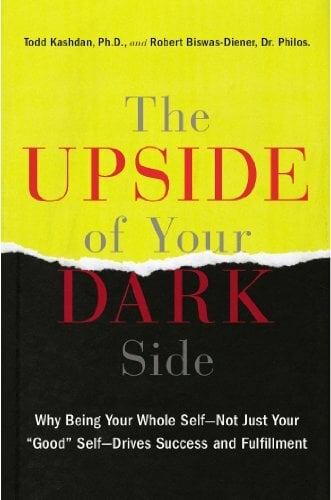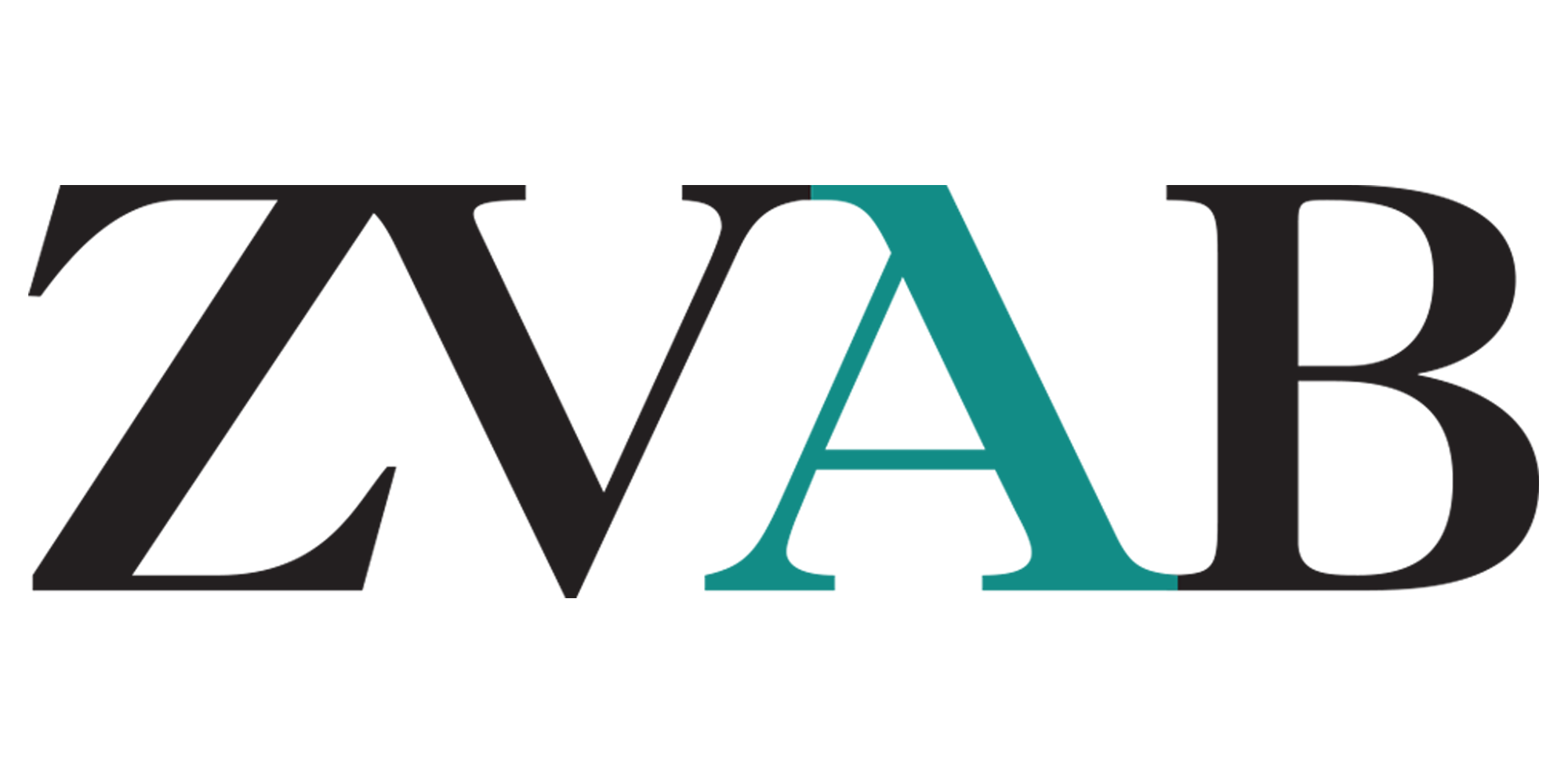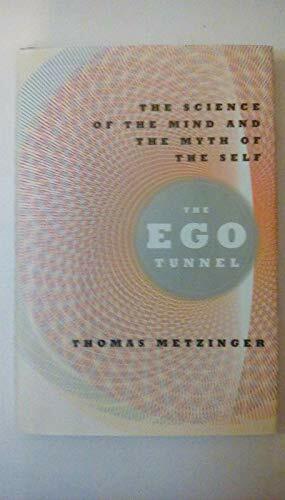
What You See Is What You Feel
Kurzinformation
inkl. MwSt. Versandinformationen
Artikel zZt. nicht lieferbar
Artikel zZt. nicht lieferbar

Beschreibung
With the introduction of the desktop metaphor, computers have become accessible for almost anyone; all over the world, people from various cultures use the same icons, folders, buttons and trash cans. From a sensorial point of view, however, this computing paradigm is still extremely limited. Inspired by renaissance painters - who centuries ago already applied various types of optical illusions in order to enhance the expressiveness of their paintings - we introduce a method of simulating touch with merely visual means. Interactive animations are used to create an optical illusion that evokes haptic percepts like stickiness, stiffness and mass, within a standard graphical user interface. This technique, called optically simulated hapic feedback, exploits the domination of the visual over the haptic modality and the human tendency to integrate between the various senses. Experiments show that the method can be a good alternative for mechanical force feedback devices. Furthermore, the study reflect upon the increasing role of media and simulations in our everyday lives. von Mensvoort, Koert Van
Produktdetails

So garantieren wir Dir zu jeder Zeit Premiumqualität.
Über den Autor
Dr Koert van Mensvoort MFA MSc has a background in computer science, philosophy and art. His work revolves around the intimate relation between people, media and technology. www.koert.com

- hardcover
- 144 Seiten
- Erschienen 2010
- Snoeck

- paperback
- 368 Seiten
- Erschienen 2015
- The Shollond Trust

- Kartoniert
- 216 Seiten
- Erschienen 2017
- New Harbinger Publications

- hardcover
- 286 Seiten
- Erschienen 2014
- Hudson st Pr

- Taschenbuch
- 160 Seiten
- Erschienen 2017
- Routledge

- paperback
- 92 Seiten
- Erschienen 2008
- Steinmann Verlag

- paperback
- 328 Seiten
- Erschienen 2017
- epubli





































